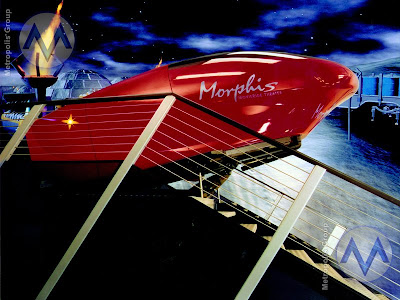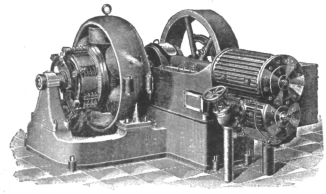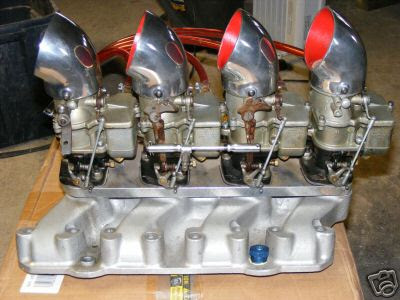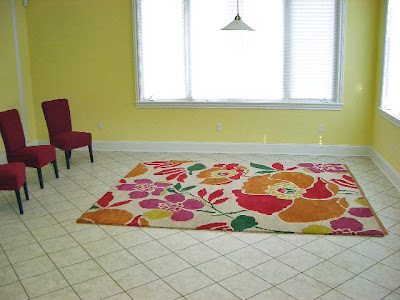 USS Herndon (DD-638)
USS Herndon (DD-638)
In May, 1965, I was serving as the Executive Officer of the USS Maloy (DE-791), the last Buckley-class destroyer escort in the active fleet. We decommissioned her at the Philadelphia Navy Yard on May 28. I had already received orders to my next duty station, the University of Oklahoma, where I was to report in August. I informed the navy that I didn’t want to consume all my accrued leave and requested an interim duty station. They ordered me to report for duty at the Philadelphia reserve fleet for a couple of months. Little did I suspect that I was about to encounter my only “command,” on a lifeless ship being towed to it’s final resting area and subsequent scrapping.
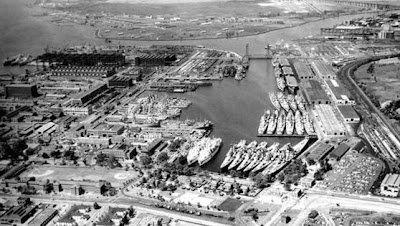
The reserve fleet in Philadelphia was a collection of World War II vessels that had been decommissioned and preserved along the banks of the Delaware River near the foot of Broad Street. At the time I arrived, there were still dozens if not hundreds of ships, large and small, including several Iowa-class battleships and every variety of cruiser, destroyer, destroyer escort, and amphibious vessel. Row upon row of each class were neatly arranged, all hermetically sealed, with active anodic protection to prevent external corrosion, and dehumidified to prevent interior deterioration. The gunmounts and other deck fittings had curious igloo-like structures that encapsulated them within the dry envelope.
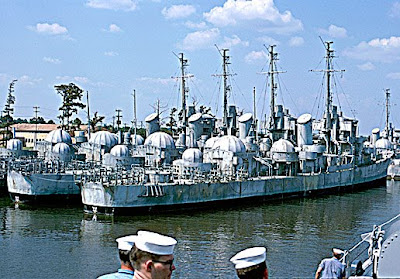
Fleet personnel requested shore duty as a respite from the lengthy deployments that separated sailors from their families. In general, a sailor could count on a shore assignment every third duty station. The navy often used the promise of a shore assignment to entice an enlisted man to reenlist for one more four or six year tour. Thus it was that many of the personnel who reported to the Philadelphia Reserve Fleet Group (PHILARESFLTGRU in Navy-ese) in 1965 were unpleasantly surprised to find that much of their time would be spent aboard vessels being towed to Orange, Texas, for scrapping. When I reported in for temporary duty, I was a prime target for one of these seagoing assignments. I was informed on my first day aboard that I was to be the Officer-in-Charge of the USS Herndon (DD-638) on its final voyage.
The second USS Herndon, a Gleaves class destroyer, had been commissioned in 1942 and had served in both the European and Pacific theaters. She was decommissioned in 1946 and had been in the mothball fleet in Philadelphia since 1947. A more complete history may be found
HERE.
Before I could get underway, I had about two weeks to prepare the ship. Much needed to be done. When these ships were decommissioned at the end of the war, many superstructure components, such as radar antennas, had simply been removed and placed inside the dehumidified envelope. They were not fastened to anything; they were lying loose on the deck inside the superstructure. These items would have to be fastened securely before the ship could be taken to sea. I would need to get navigation lights installed and a generator to provide the required power. My small crew would need bunks installed. Kitchen facilities would be installed. I also arranged for a freezer to be mounted aft of the superstructure near the generator. A radio on the bridge was required to communicate with the ocean going tug that was to pull us to Texas.
About a week before our departure, a certain chief petty officer suggested that I get some fishing equipment for my crew to use on the way south. He also intimated that if we had a good harvest of fish when we arrived in Orange, we could trade the fish for a crew’s party that would be unforgettable. I arranged for the fishing equipment with the welfare and recreation office. We also rigged some awnings on the main deck to protect us from overexposure to the sun. I found some heavy coated paper and tape to use in wrapping the fish. Around the third week of June, we got underway for a two-week “cruise” at the end of a steel cable.
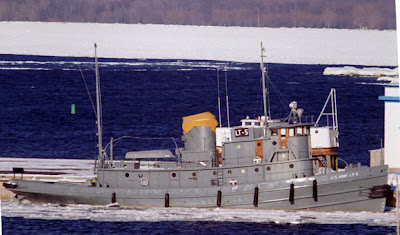
Ocean Going Tug
The trip was not too eventful. Off the coast of Savannah, Georgia, our cable snapped. Our escort tug left us for a few hours, proceeded to port where he got a new cable, and we successfully rerigged our tow line. We were visited by a speed boat off the coast of Florida and the owner told us he had served on a Gleaves-class ship during the war. Our weather was superb throughout the trip and we filled our freezer with fish as we emptied it of food.
The last few miles up the Sabine River, we were pushed by an LCM (a World War II era 56-foot long landing craft) lashed to our stern. Finally, we were secured to a pier in the Orange ship processing facility. Instantaneously, a ship’s superintendent appeared and we negotiated a fish-for-party deal. The results were spectacular.
That evening, a bus picked up my “crew” at their barracks. A local bar had been rented for the evening. Some local ladies showed up. Drinks were free. There was food in abundance. A local band made its appearance. The dance floor was full of sailors and locals. It was a night to remember!
The next day, we flew to Love Field in Dallas, from where we would leave for Philadelphia. That’s a story for another time…
✯
Footnote: The Herndon met its ignominious end some six years later when it was used as a target for a gunnery exercise and sunk in the Gulf of Mexico.


